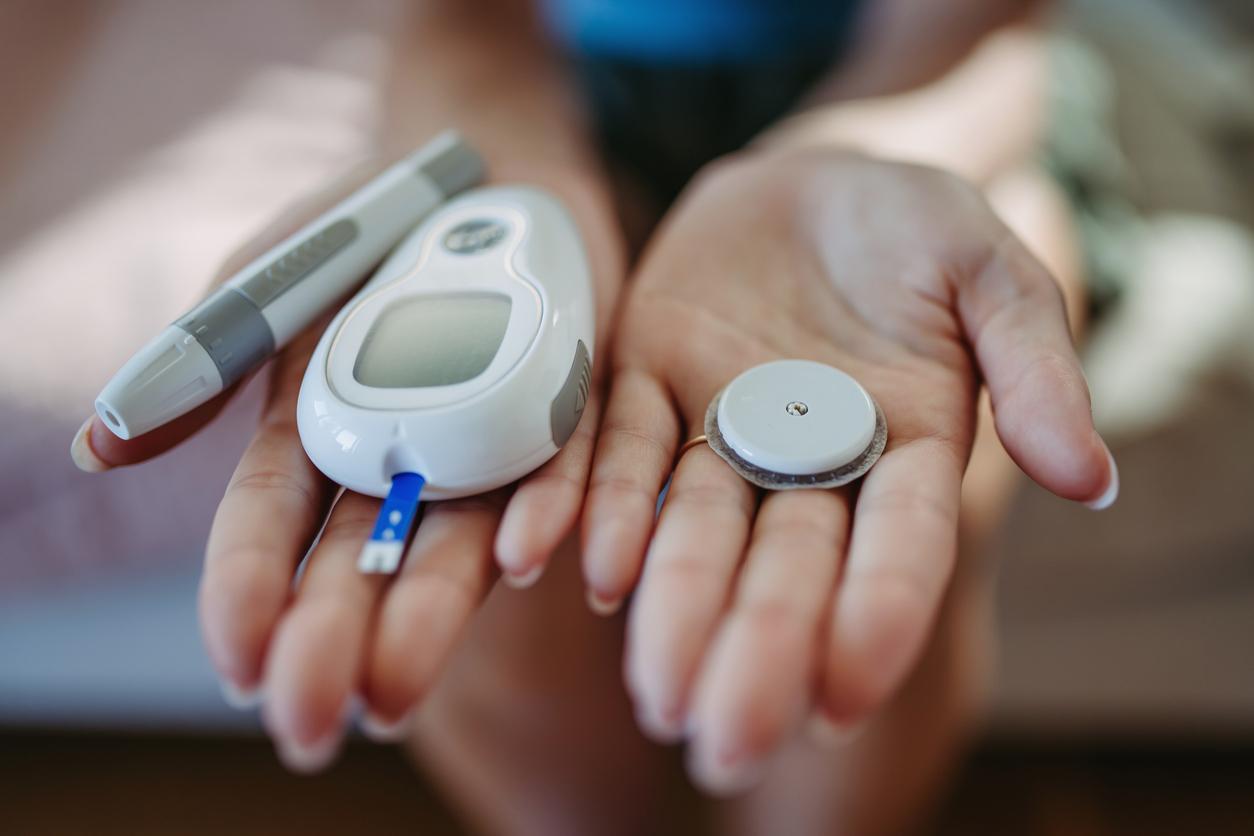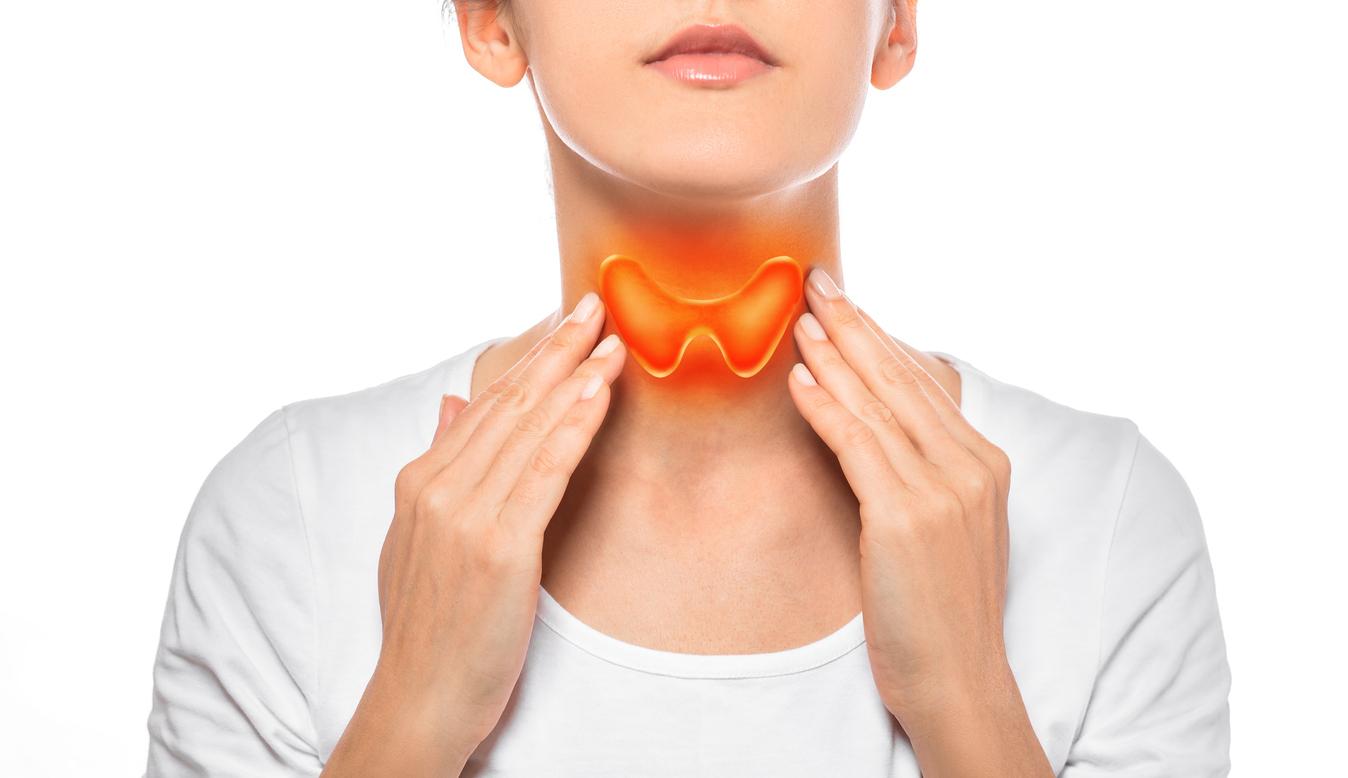Researchers have discovered that different facial temperatures could help diagnose metabolic diseases such as high blood pressure or diabetes.

- Researchers have found that temperatures in different regions of the face are associated with various chronic diseases, such as diabetes and high blood pressure.
- For example, a colder nose and warmer cheeks can be a telltale sign of increased blood pressure.
- Further studies will be conducted to refine the discovery.
Taking the temperature of the nose, cheeks and eyes to diagnose high blood pressure or diabetes. Sounds crazy? It’s not, according to the work of researchers from Peking University, published in the journal Cell Metabolism.
They actually discovered that temperatures in different regions of the face are associated with several chronic diseases.
Facial temperature changes in metabolic diseases
For this study, scientists analyzed the different facial temperatures of more than 2,800 participants aged 21 to 88. The readings were done using a thermal camera because this data is not easily perceptible by touch. The researchers then used these results to develop Artificial Intelligence (AI) models. These were able to identify several key regions of the face where temperatures were significantly related to the person’s age and health. The areas most useful for diagnosis were the nose, eyes and cheeks.
For example, the team found that the temperature of the nose decreases with age more quickly than that of other parts of the face. At the same time, the temperature around the eyes tends to increase with age. These different characteristics make it possible to assess a “thermal age”.
Another finding: People with metabolic disorders such as diabetes and fatty liver disease experienced faster thermal aging. “They tended to have a higher temperature in the eye area than their healthy counterparts of the same age. Individuals affected by high blood pressure, on the other hand, had a higher cheek temperature.”the authors specify in a communicated.
The team also analyzed blood samples from the volunteers. They noticed that the increase in temperature around the eyes and cheeks was mainly due to an increase in cellular activities related to inflammation in the body. It is the increase in these activities that leads to an increase in temperatures in certain areas of the face, according to the researchers.

Exercise can gain 5 years of thermal age
After observing the link between inflammatory response and facial temperature, the researchers wondered whether exercise, which is known to counteract inflammation, could influence thermal age. They asked 23 volunteers to jump rope at least 800 times a day for two weeks. To the team’s surprise, these participants reduced their “thermal age” by five years after just two weeks of exercise.
Further studies will be conducted to determine whether the facial thermal imaging developed as part of this research can help predict other diseases such as sleep disorders or cardiovascular problems.
“We hope to apply facial thermal imaging in clinical settings, as it has great potential for early diagnosis and intervention of diseases.”explains Jing-Dong Jackie Han, corresponding author of the article at Peking University.

















